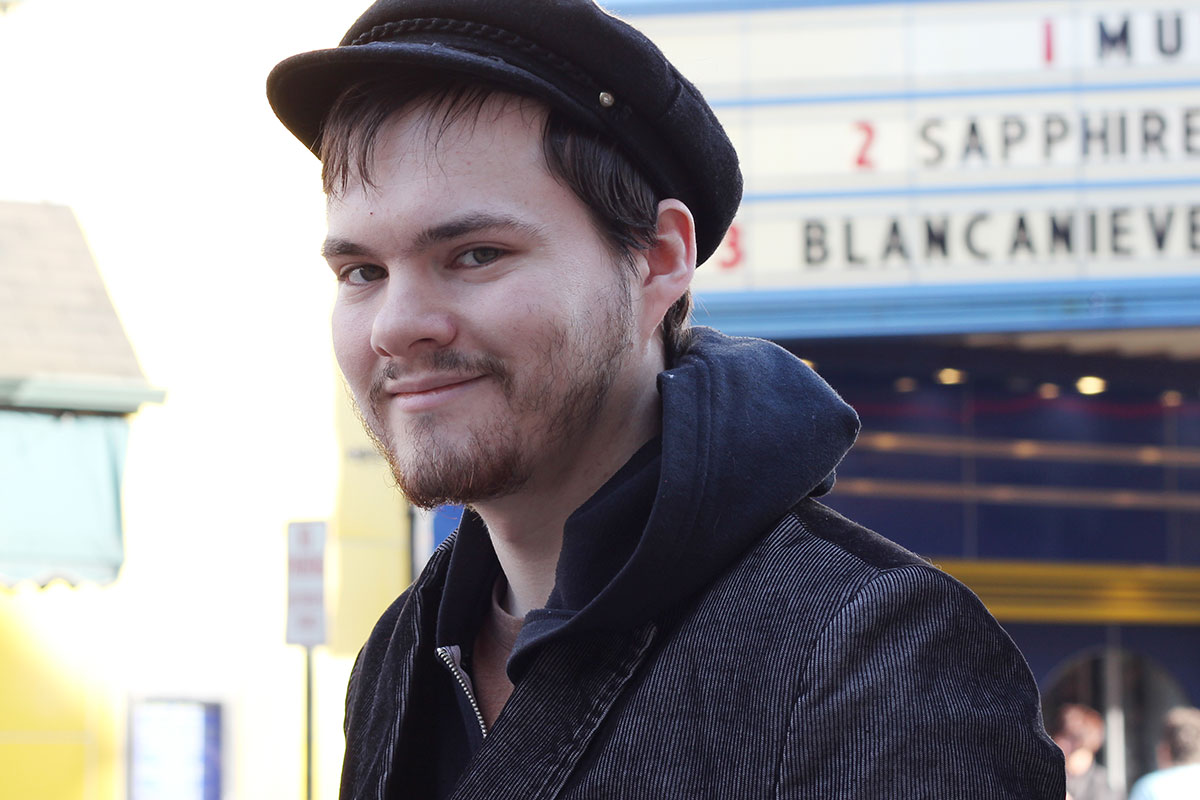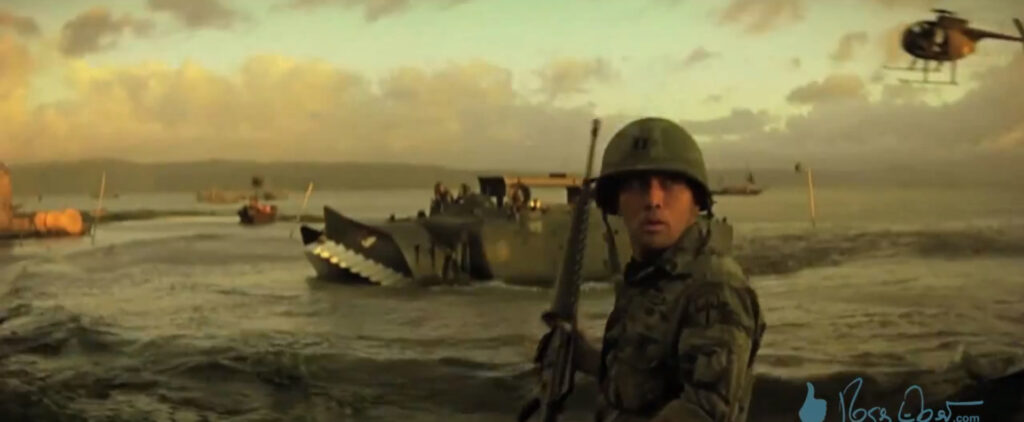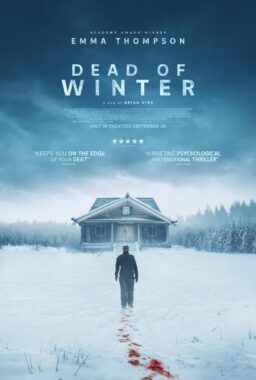[Editor’s note: In this video essay for RogerEbert.com, filmmaker and critic Scout Tafoya talks about a particular type of moving shot, the lateral dolly, which moves mainly left-to-right or right-to-left through screen space, situating characters within their environments or showing them moving through it. A modified transcript of Tafoya’s narration is below. Please share your own favorites in the comments section.]
Picking a favorite shot from Apocalypse Now is a fool’s errand, but a few have always stood out, and they’re all dolly shots.
For me, these kinds of shots have gotten to the heart of every film more quickly and succinctly than any other technique. Take these few near the beginning of Apocalypse Now. Not only are they mesmerizing, but they stand in for the themes of the story.
Consider the long shot of beleaguered assassin Martin Sheen and the patrol boat arriving at Col. Kilgore’s river encampment before the big chopper assault sequence.



It’s the first time we see the character, Capt. Willard, actually moving through the world we’ve been given, and it’s the first glimpse we’ve been given of what the Americans have done to the beautiful landscape of Vietnam and its people.
The method is perfect. The movement is fluid, clear and deliberate.
We move at Willard’s pace, with active objects and people moving all around him illustrating his isolation from the world and the war.

He stands alone, looking for the underlying purpose and wondering who’s in control.

And then there’s something else that’s always made this part stay with me. Look past Martin Sheen and you can see the shadow of the camera crew, pushing the dolly behind him and capturing it all.

And just when it seems like a simple continuity error, who do we see in the next shot but director Francis Ford Coppola and his cinematographer Vittorio Storaro? An elegant, and entirely unintentional bait and switch.
Or is it?


And that’s the reason I love shots like this so much. They imply care consideration and collaboration. You need to have mapped out the action in the background and you need to have measured the pace at which your actor will walk through and have your operators pushing the dolly at the same speed. You need to be sure that camera and the actor are on the same path and plane so that he or she stays in profile for the duration of the shot.
It’s always struck me as the quickest way to broadcast inclusivity. This is how this character moves through the world and this is how the world moves around them.
Every decision speaks volumes. The speed of the dolly and actor, the difference in speed between the character and everything else in the frame, obstructions between camera and subject. Every detail counts because it’s one more clue into who and what the movie is about.
What are some of your favorite dolly shots?
Scout Tafoya is a blogger and filmmaker living in Doylestown, PA. He writes for and edits the arts blog Apocalypse Now and directs both feature length and short films, many of which are free to watch at honorszombiefilms.com.












